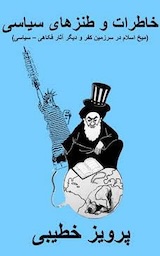Vox Populi:
Our species stands out from the animal kingdom in many ways. Some of them are obvious: we are big-brained primates who use tools and language, a social species with symbols, culture, and art. These are all artifacts of our evolution, the process by which our ancestors found adaptations that allowed them to succeed in a natural world that is often red in tooth and claw. Often, however, we think of evolution as affecting our physical bodies—changing the shape of our hominin ancestors so they could walk upright, or grow bigger brains. But evolution has other ways to act on a species, particularly in clever, social species like ours. It can shape the way we socialize and bond, the way we pass on learning and care, and even whom we love. This is why we find that one of the most remarkable adaptations our species has ever made lies in our very, very unlikely mating system: monogamy.
Monogamy is a strange word and an even stranger concept. The way we use it in our societies today to imply two people romantically linked for life is a far cry from what a scientist who actually observes primates like us would call it. Monogamy, simply put, is pair-bonding between two animals. Often it is pair-bonding with an eye towards reproduction, but it can also include animals that can’t reproduce together who form a pair-bonded social unit anyway. Perhaps the most famous example, though certainly not the only one, might be Roy and Silo, two chinstrap penguins from New York’s Central Park Zoo who formed a pair bond and even raised a chick together. There are other critical differences between what a scientist would define as a pair bond and what we commonly understand monogamy to be.
Go to link










Comments